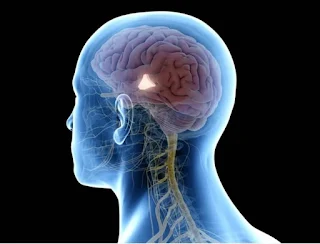Dear 222 News viewers, sponsored by smileband,
Who Are the Primordial, Exploring Ancient Mythology and Origins
The term “primordial” evokes images of the ancient and the timeless—beings or forces that existed at the very beginning of existence, before the formation of the world as we know it. The concept of primordial beings appears across numerous mythologies and philosophies, each culture presenting its own interpretation of these original entities. But who are the primordial, and why do they matter.
Defining the Primordial
Primordial beings are often understood as the first entities to exist within a creation myth or cosmogony. These figures typically embody fundamental elements or principles—such as chaos, darkness, light, or the earth itself—and are often personified to convey their immense power and influence. Unlike later gods or mortals, primordial beings are usually abstract in form and represent universal forces.
Primordial in Greek Mythology
In Greek mythology, the primordial beings are known as the Protogenoi. They include:
• Chaos: The void from which all existence sprang. Chaos is considered the very first being, representing the gap or chasm before creation.
• Gaia: The Earth itself, who gave birth to the sky (Uranus) and the sea (Pontus). Gaia is often seen as the mother of all life.
• Eros: The primordial god of love and desire, a force that drives creation and procreation.
• Nyx: The goddess of night, a powerful and mysterious figure who birthed various other abstract concepts like Death (Thanatos) and Sleep (Hypnos).
Primordial in Mesopotamian Mythology
In Mesopotamian traditions, primordial beings are integral to creation myths. For instance:
• Apsu and Tiamat: Representing fresh and saltwater, they are the original forces in the Babylonian creation epic Enuma Elish. Their offspring led to the formation of the gods, and their conflict symbolizes the transition from chaos to order.
Primordial in Other Cultures
• Hindu Mythology: In Hindu cosmology, primordial forces include Purusha (the cosmic being) and Prakriti (the material nature), whose union and interplay form the universe.
• Norse Mythology: The void Ginnungagap, flanked by the realms of fire and ice, represents the primordial chaos before the world emerged.
• Egyptian Mythology: The primeval waters, known as Nun, are the source of all creation, with deities like Atum arising from this abyss.
The Role of Primordial Beings
Primordial beings often serve as the foundation of the cosmos and its laws. They rarely play active roles in later myths, as their function is to set the stage for the more anthropomorphic gods who interact with humanity. Their abstract nature allows them to be timeless and universal, embodying forces that transcend specific narratives.
Modern Interpretations
Today, the term “primordial” is often used metaphorically to describe anything ancient, elemental, or foundational. In scientific contexts, it may refer to the early conditions of the Earth or the universe. In psychology, Carl Jung’s concept of archetypes draws on the idea of primordial images or patterns that shape human experience.
Why the Primordial Matter
Understanding primordial beings allows us to explore humanity’s attempts to explain the origins of existence and the fundamental forces shaping the world. They remind us of our deep connection to the cosmos and the enduring power of myth in interpreting life’s mysteries.
Whether as mythological figures or symbolic forces, the primordial continue to captivate and inspire, bridging the ancient and the modern in our quest to understand the universe.
Please write a news article on the primordial gods
https://bulldogbugle.com/21462/issues/the-primordial-gods/
Article written and configured by Christopher Stanley
<!-- Google tag (gtag.js) --> <script async src="https://www.googletagmanager.com/gtag/js?id=G-XDGJVZXVQ4"></script> <script> window.dataLayer = window.dataLayer || []; function gtag(){dataLayer.push(arguments);} gtag('js', new Date()); gtag('config', 'G-XDGJVZXVQ4'); </script>
<script src="https://cdn-eu.pagesense.io/js/smilebandltd/45e5a7e3cddc4e92ba91fba8dc









